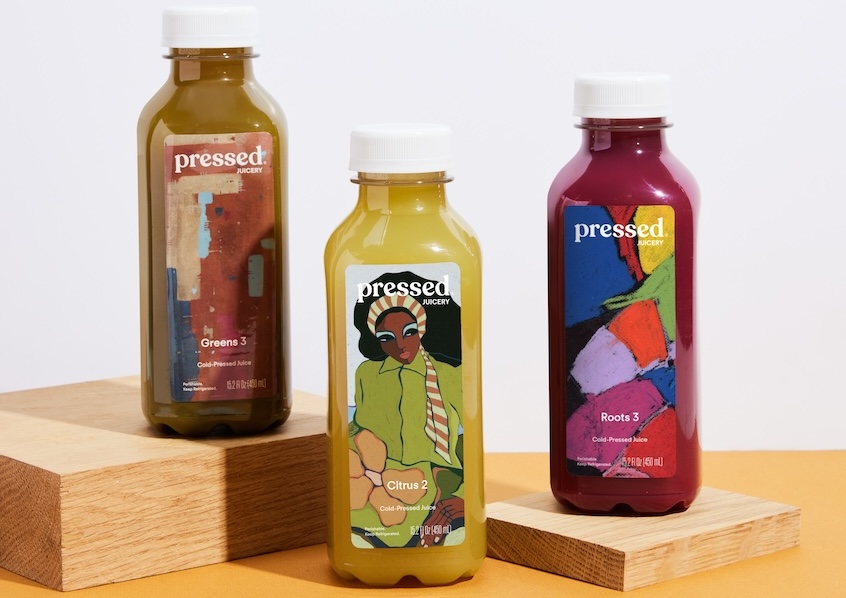A Limited Supply Of Cocoa Is Behind Surging Chocolate Prices

Chocolate lovers will soon have to pay more to get their sweet tooth fix according to CNBC News. Putting a new spin on “raising the bar,” data from NielsenIQ has shown that prices for the popular confection have increased by 14% in the past year. A limited supply of cocoa seems to be the culprit behind costly chocolate products.
“The cocoa market has experienced a remarkable surge in prices… this season marks the second consecutive deficit, with cocoa ending stocks expected to dwindle to unusually low levels,” CNBC learned from S&P Global Commodity Insights’ Principal Research Analyst Sergey Chetvertakov.
Just this month, cocoa prices rose to $3,160 per metric ton, which is the highest it’s been since May 5, 2016. As of today, it’s now trading at $3,240 — a clear sign that the upward trend isn’t slowing down.

Adding to an already sticky situation, Chetvertakov says that the impending El Niño phenomenon is forecasted to bring in lower than average rainfall and strong Harmattan winds in West Africa, where cocoa is a major crop. More than 60% of the world’s cocoa production exists in Côte d’Ivoire and Ghana according to Kakao Plattform. Based on Chetvertakov’s estimates, El Niño has the potential to exacerbate the growth, potentially pushing prices up to $3,600 per metric ton. “I believe that consumers should brace themselves for the likelihood of higher chocolate prices,” he said.
Cocoa butter, a major component of making a chocolate bar, has also increased to 20.5% in prices year-to-date, says food commodity price database Mintec. “As chocolate is made up primarily of cocoa butter, with some cocoa liquor included in dark or milk, the price of butter is the most direct reflection of how chocolate prices would move,” said Mintec’s Director of Commodity Insights Andrew Moriarty. In Europe, Moriarty says that cocoa consumption is “near record highs.” Europe is also the world’s largest importer of cocoa.
“Continued strong demand tied to whatever economic indicators one chooses to look at could keep prices high for the foreseeable future,” said Barchart’s Senior Market Analyst Darin Newsom. “Only if demand starts to back down, something I don’t think has occurred yet, will prices of chocolate start to back off,” he added.
Dark chocolate will be hit the hardest as it’s composed of more cocoa solids, unlike white and milk chocolate.






















